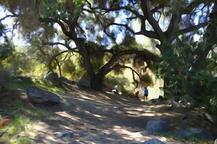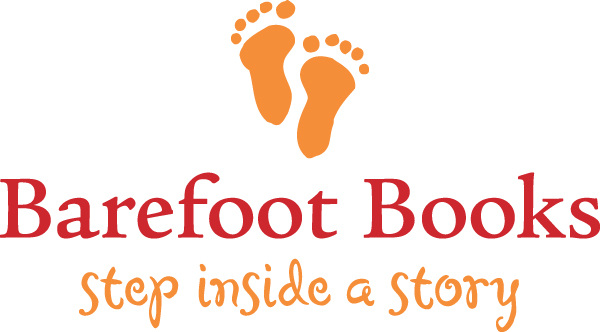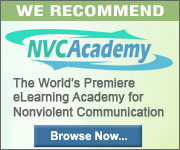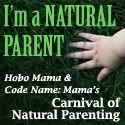"Unless we teach our children peace, someone else will teach them violence.” -Colman McCarthy
Peace Education as Worldview Transformation
Our worldview - the way we see the world and human nature - is a key aspect of peace education. H.B. Danesh wrote that “truly effective peace education can only take place in the context of a unity-based worldview” (Danesh 18). This is because if we believe that the world is a place of scarcity and competition and if we believe that human beings are prone to violence and conflict, then we carry those belief in our relationship with the world. In this framework, there can never be enduring peace. However, if we see the world as cooperative and collaborative, then we can recognize that peaceful relationships are the most natural existence for society. We need an education system that fosters a non-violence based worldview. We should want our children to see the world as a safe and abundant place of opportunity. Education is the primary vehicle through which we can foster a peaceable worldview.
Our current education system treats violence as the default mode of humanity. We accept violence and injustice in our classrooms in the form of bullying and one sided teacher-student power dynamics. History class focuses on how wars and conflicts have shaped the world; three of the only non-war-based periods taught are the agricultural revolution, the scientific revolution, and the Enlightenment. The conflict-driven bias is so ingrained in our worldview that even science preaches the philosophy of survival of the fittest. The collaborative nature of the world is barely acknowledged despite the fact that all organisms function on the collaboration of cells and organs. Many species hunt and live in packs and ecoSYSTEMS include many diverse species that work together for mutual benefit. Peace Education isn’t only a subject to be taught in a separate class - like history, math or science - its a perspective and an entire worldview within which we need to teach these subjects. It’s also a way of teaching.
Experiencing Peace in Education
Effective education should involve students as participants and engage them in the materials they are learning rather than as passive sponges that are simply taking in knowledge with no prior context and no unique output. For what do we teach students if not to apply the information they receive. Experiential education enriches the learning process by adding meaning and relevance to the individual student. Play-based, project-based, and service-based learning require active participation on the part of the student. When subjects are taught through experiential methods, the student then makes a connection from the information to something in their own lives and communities. Education based on meaningful experiences also means that this education begins much earlier and is much more integrated in the students life - not just six hours a day in the formal classroom setting.
From the youngest age, we can foster experiences of peace and justice, long before we begin to teach peace in a formal setting. Parents and other adults (and other children) in an infants life are the first relationships they form. These relationships have the power to make a lasting impression on the individual child about the nature of the world. If those relationship are nonviolent and based on love instead of power, a child begins life knowing that the world is a place of peace, safety, and acceptance. As Lourdes Quisumbing expressed during her speech at the Second World Forum on Early Care and Education:
“…early childhood education for peace is first of all, good education. It consists primarily in providing high quality experiences and activities that ensure wholesome growth and development… Children learn the foundation blocks of peace: basic trust, a positive self-image, self-esteem and confidence, initiative and creativity. They develop the ability to relate with others, to express themselves, to communicate, to listen, to settle conflicts and quarrels amicably. They begin to value peace and harmony, empathy and compassion, friendship and forgiveness” (Quisumbing 4).
This continues during a child’s first experiences in formal education. The classroom should be a safe space for the child to learn and grow. Relationships with teachers and fellow students should not be violent or struggles for power and control. If the classroom - where many students spend mosr of their day - is a place of harmony, justice, and peace then this is the foundation of their first experiences with the greater world.
Work Cited
Danesh, H.B., Clarke-Habibi, S. (Eds.). (2011). Education for Peace Reader: Integrative Curriculum Series Volume 4. Vancouver, Canada: International Education for Peace Institute.
Quisumbing, L.R. (2000). Education Young Children for a Peaceful World. Child Care Information Exchange. (134), 6-11.





 RSS Feed
RSS Feed